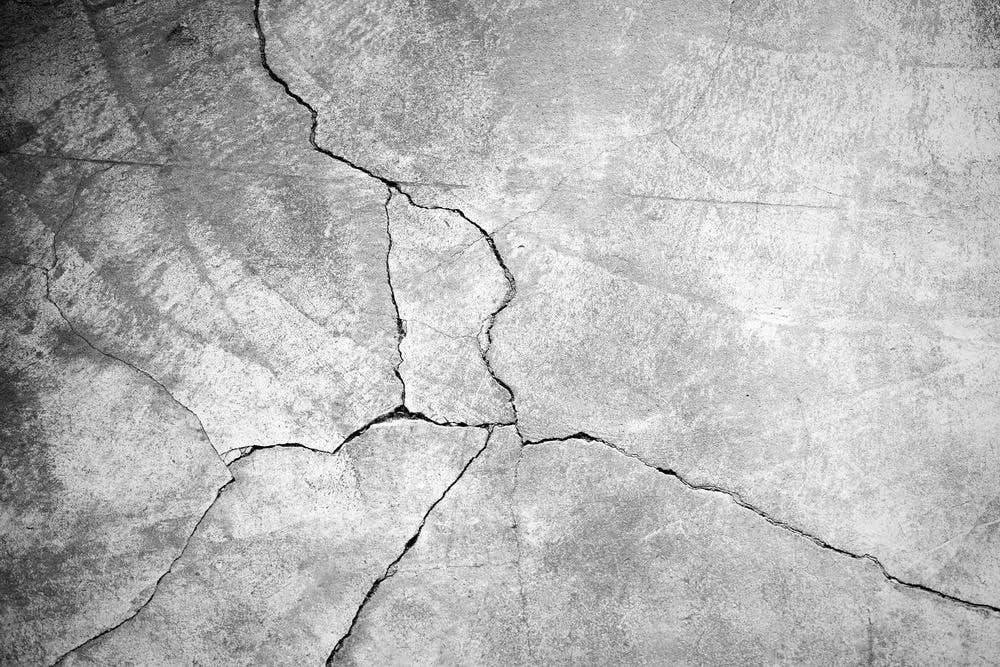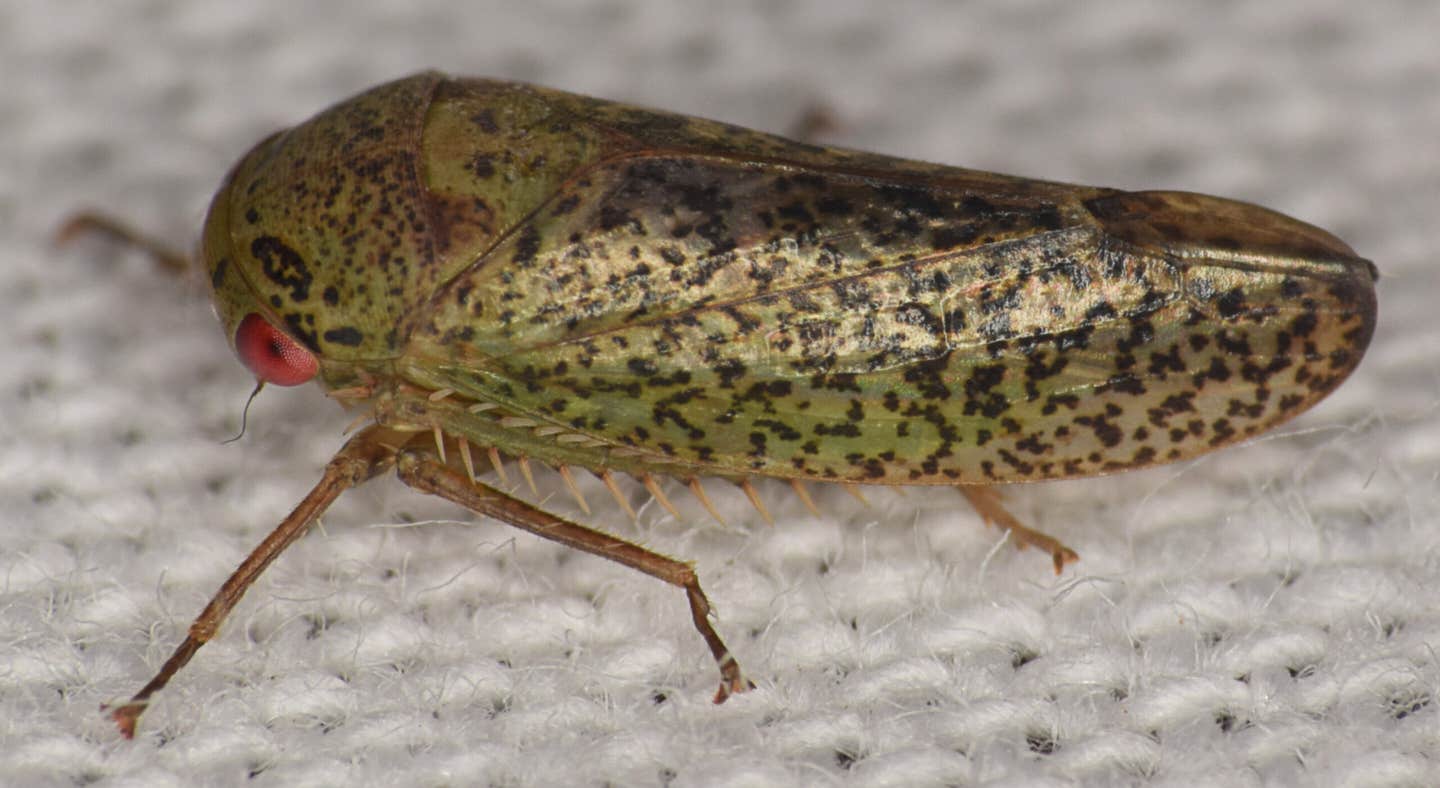Breakthrough new concrete can heal itself using sunlight
A new concrete design heals its own cracks using light and microbes, reducing repair costs and improving building safety.

Concrete cracks cost billions to fix. A team at the University of Nebraska-Lincoln may have solved this with self-healing concrete powered by microbes. (CREDIT: CC BY-SA 4.0)
Concrete cracks are no small matter. Over time, these fractures can grow, letting in water, gas, and pollution. This leads to corrosion, weakens the structure, and in the worst cases, causes collapse. Engineers and city planners around the world have poured billions into repairing cracked concrete. But a new solution, developed at the University of Nebraska-Lincoln, could dramatically change that.
The Science Behind Cracking and the Cost of Repairs
Concrete is the most-used building material on Earth. It supports bridges, roads, high-rises, and homes. Yet, it has a flaw: it cracks easily. Cracks happen for many reasons. These include thermal stress, drying shrinkage, and heavy loads. Even microcracks that you can barely see may allow harmful substances to slip in and reach steel reinforcements. Once that steel begins to corrode, the entire structure becomes vulnerable.
Fixing these cracks costs tens of billions of dollars every year in the U.S. alone. Detecting and repairing cracks is a difficult process. Workers must locate the exact point of damage, sometimes on structures that can’t be taken out of service. After locating the crack, engineers may need to inject special materials or coat the surface, which can be expensive and time-consuming.
That’s where the work of Dr. Congrui Grace Jin comes in. Her research, published in Materials Today Communications, introduces a way for concrete to fix itself without human help.
Learning From Nature: Lichens Lead the Way
Dr. Jin took inspiration from one of nature’s oldest and most resilient lifeforms: lichen. You’ve probably seen it growing on tree bark or rocks. Lichen isn’t just one organism—it’s a team. A fungus and a cyanobacterium (or algae) work together in harmony. One captures sunlight to make food, while the other offers protection and support.
Dr. Jin and her team—including Dr. Richard Wilson, Nisha Rokaya, and Erin Carr—recreated this partnership in the lab using synthetic components. They paired filamentous fungi with cyanobacteria to mimic lichen’s natural behavior. The goal? A self-sufficient system that survives on just air, light, and water, while filling concrete cracks with mineral deposits.
Related Stories
"Microbe-mediated self-healing concrete has been extensively investigated for more than three decades," Jin explains. "But it still suffers from one important limitation—none of the current self-healing approaches are fully autonomous since they require an external supply of nutrients."
What makes Jin's synthetic lichen different is that it doesn't need extra materials. Traditional microbial healing methods rely on injecting nutrients or embedding capsules inside concrete. These require maintenance and only last a limited time. In contrast, the lichen-based system continues to function on its own, potentially lasting as long as the concrete structure itself.
How It Works: Light-Driven Healing From Inside
In Jin's system, each microbe plays a unique role. The cyanobacteria perform photosynthesis. They pull carbon dioxide and nitrogen from the air and convert it into food and nutrients. This supports the fungi, which produce calcium carbonate—the mineral that fills and seals cracks.
This duo doesn’t just survive in concrete—they thrive. Tests showed that co-cultures of the fungus Trichoderma reesei with either Anabaena inaequalis or Nostoc punctiforme grew well in liquid mediums, even without added carbon or nitrogen. That means the system can function in poor, dry conditions just like real lichens do.
To measure the performance, Jin’s team used five scientific methods: biomass weight, optical density, resazurin activity (for cell respiration), fungal plating, and pigment concentration. These tests confirmed that the microbes did better together than alone, showing clear mutual benefit.
This partnership also speeds up healing. Fungi-based systems fill cracks faster than bacteria-based ones. One study found healing times improved by up to 80%, depending on the pH level. Fungal filaments create more sites where calcium carbonate crystals can grow, forming a tighter and more durable seal.
Beyond speed, this method is also safer and more eco-friendly. Fungi-based healing doesn’t release toxic gases, unlike some bacterial systems that rely on urea.
Real-World Impact and Future Goals
What does this mean for cities, bridges, and buildings? A lot. If self-healing concrete becomes the norm, the cost of inspections and repairs could drop dramatically. Lifespans of infrastructure might stretch from decades to over a century. Even wide cracks could eventually heal on their own, reducing the need for urgent repairs.
But the impact doesn’t stop on Earth. Jin believes this technology could be used in space construction too. Concrete that can fix itself without maintenance crews would be ideal for moon or Mars habitats. All it would need is sunlight, air, and a little moisture—a perfect match for certain space environments.
Still, there are challenges to face. Concrete is a tough environment for any living organism. Its high pH levels (around 11 to 13), dryness, and lack of nutrients make it almost barren. Many traditional microbes die off quickly or stop producing enough minerals to heal cracks.
Jin’s synthetic lichen stands apart because it simulates complex systems found in nature. Microbes rarely work alone. In fact, the largest microbial formations on Earth, like stromatolites in Australia or Lake Van in Turkey, form from layers of bacteria and fungi working together. In those systems, cyanobacteria release carbon compounds, which are then used by other microbes to free calcium ions and form solid structures. Jin’s method mimics this balance on a smaller scale.
Her team is also looking into how the public feels about living materials being part of their homes and workplaces. Collaborating with social scientists at Texas A&M, she hopes to better understand the legal and ethical questions around using live microbes in construction.
"The goal of this study is to create a synthetic lichen system with a phototroph-heterotroph symbiosis, similar to natural lichens," Jin notes. "That way, the system can produce biomaterials in a self-sustained manner."
From Theory to Application
The team didn’t just test theories. They built working prototypes. They used specialized lab equipment and exacting growth conditions to mimic outdoor environments. Cultures were grown under warm temperatures, moderate humidity, and controlled light cycles, similar to what you’d find in real-world construction zones.
They even fine-tuned the base growth medium, removing excess nitrogen and improving trace minerals. This made sure the cyanobacteria and fungi only had what they’d find in a real concrete setting.
The success of the system, even in early stages, shows strong promise. The co-cultures grew without genetic manipulation, and they functioned on just air and light. That’s a major step toward developing truly self-healing concrete that can operate under natural conditions.
If this technology is scaled, cities could be built to last longer with fewer emissions and less waste. Repair crews might one day become backup teams, only stepping in when absolutely needed. And your next home or office could quietly fix itself while you go about your day.
Note: The article above provided above by The Brighter Side of News.
Like these kind of feel good stories? Get The Brighter Side of News' newsletter.



